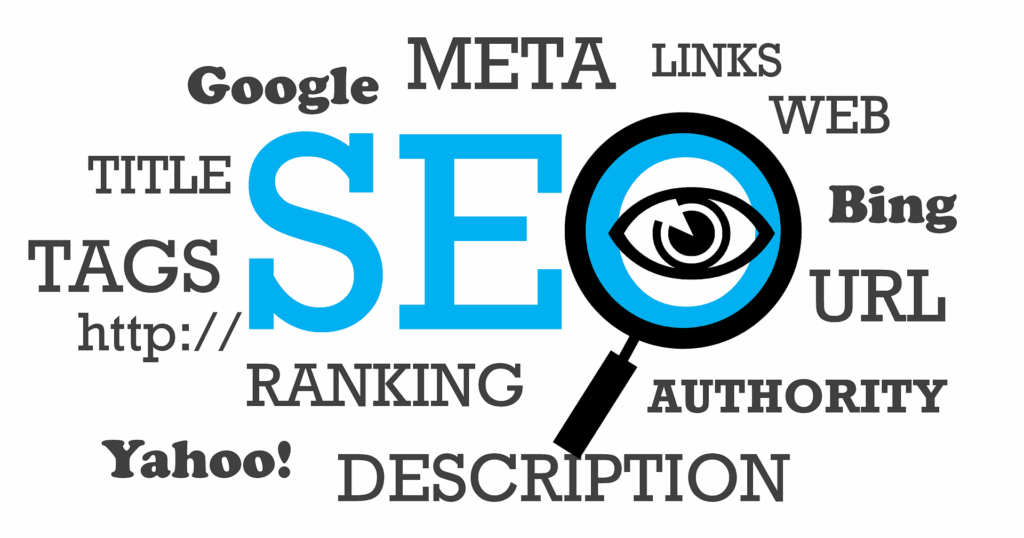You’re investing time in optimizing your website, but are search engines taking notice? If your pages aren’t showing up where they should, the issue might not be your content—it might be your on-page SEO.
The way you handle on-page SEO can mean the difference between being buried in search results or standing out to potential customers. From page titles to internal links, small tweaks can have a big impact on both visibility and performance.
Whether you’re launching a new site or refining existing pages, applying the right strategies can help your content work harder without starting from scratch. Here’s how to do it.
Nine Core Elements of On-Page SEO
Search engines don’t just scan your content. They also analyze how it’s structured, labeled, and linked. That’s where on-page SEO elements come into play. These components tell search engines what each page is about and make it easier for users to navigate your site. When optimized correctly, they enhance both search performance and user experience.
Here are nine core elements you should be paying attention to:
- Title Tag: The clickable headline that appears in search results. It should include your main keyword and accurately reflect the page content.
- Meta Description: A short summary beneath the title tag that encourages users to click. While it doesn’t directly affect rankings, it boosts click-through rates.
- Headings (H1, H2, H3, etc.): Headings organize your content and highlight key points. Search engines use them to understand the hierarchy of information on your page.
- URL Structure: Short, keyword-friendly URLs help users and search engines understand the topic of the page. Avoid unnecessary numbers or special characters.
- Keyword Placement: Use your primary keyword in the title, first paragraph, headers, and naturally throughout the content to signal relevance.
- Image Alt Text: Descriptive text for images that improves accessibility and helps search engines understand visual content. Naturally include keywords where relevant.
- Internal Linking: Links to related pages on your site guide users and help search engines crawl and index your content more effectively.
- Mobile-Friendliness: A responsive design ensures your site works well on all devices. Google prioritizes mobile-friendly sites in search rankings.
- Page Speed: Fast-loading pages improve user experience and support higher rankings. Compress images and streamline code to reduce load times.
Examples of Good On-Page SEO
A bakery’s webpage titled “Custom Birthday Cakes in Austin” includes a clear title tag with the main keyword and a compelling meta description. The content is broken into sections with headings, the images feature keyword-rich alt text, and internal links that connect to other pages like “Wedding Cakes in Austin” and “Contact Us.” Their mobile-responsive layout and quick load times create a seamless experience for users and search engines alike.
A plumber’s blog post titled “How to Fix a Leaky Faucet” uses a keyword-rich main header, descriptive subheadings, and a short, clean URL. The content includes step-by-step instructions, internal links to related services, and optimized images. These elements work together to make the page both informative and SEO-friendly.
On-Page SEO Checklist for Small Businesses
Use this checklist to make sure your site is optimized for both search engines and your visitors:
- Target one primary keyword per page
This keeps your content focused and helps search engines understand the topic. - Write a keyword-rich title tag
Stay under 60 characters and make it descriptive and “clickable.” - Craft a strong meta description
Write a compelling summary of 140–160 characters to improve click-through rates. - Use headers to structure content
Break up text with H2 and H3 tags that include keyword variations. - Add descriptions to the image alt text
This helps improve accessibility and gives search engines more context. - Link to related internal pages
Helps users navigate and supports site structure and crawlability. - Keep URLs short and clean
Use hyphens instead of underscores, and avoid unnecessary characters. - Ensure mobile responsiveness
Test your pages on various devices to make sure they’re user-friendly. - Improve page speed
Compress media, reduce scripts, and use reliable hosting. - Place keywords strategically
Include keywords early in the content and disperse them naturally throughout.
How to Optimize Your Website for SEO
Start by refining the content and structure of each page. Choose one main keyword per page and use it in your title tag, meta description, headings, and content. Keep paragraphs concise and organize your content to guide readers to the right information.
Compress images and use descriptive alt text to support faster load times and better accessibility. Add internal links to related content to improve navigation and help search engines understand your site’s structure. Make sure every page is mobile-friendly and loads quickly, as these are both key ranking factors.
Helpful tools like Google Search Console, Yoast SEO, and PageSpeed Insights can track site performance and highlight areas for improvement. Regular content updates and technical audits will help your business stay aligned with SEO best practices and keep you ahead of the competition.
Expert-Level SEO for Small Businesses
Mastering the elements of on-page SEO is one of the most effective ways to boost visibility, improve user experience, and grow your business online. From optimizing title tags and meta descriptions to refining internal links and site speed, small improvements can lead to big gains.
Contact New Wine Digital today to find out how we can help you build a stronger SEO strategy and drive more traffic to your website.
Images used under creative commons license – commercial use (08/13/2025) Image by Tumisu from Pixabay
